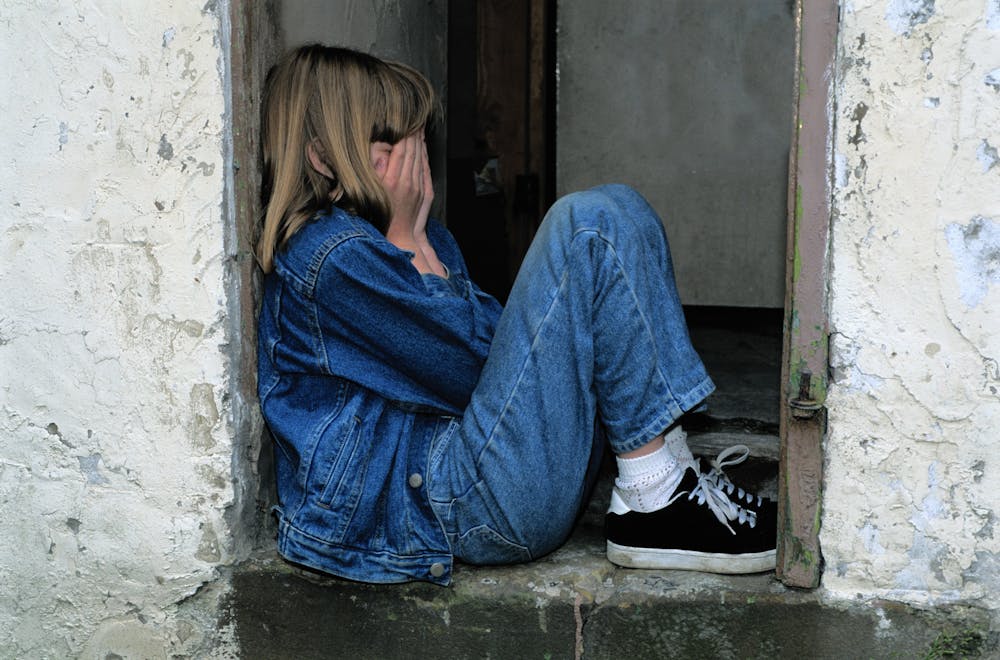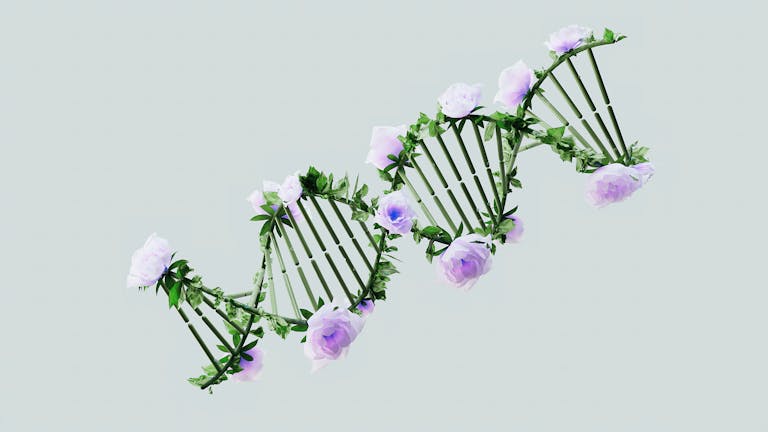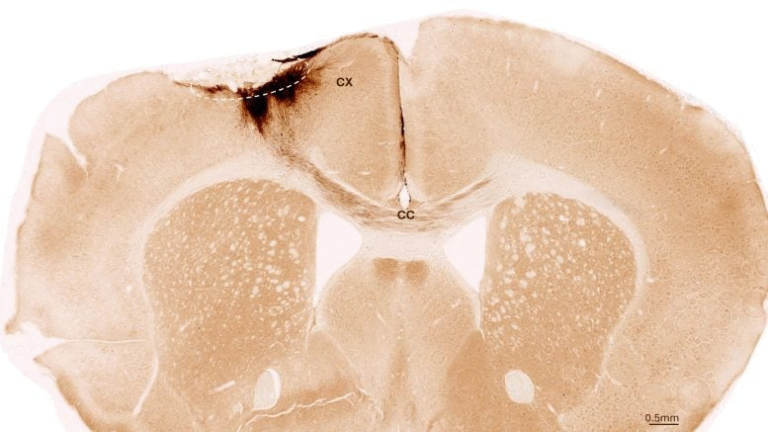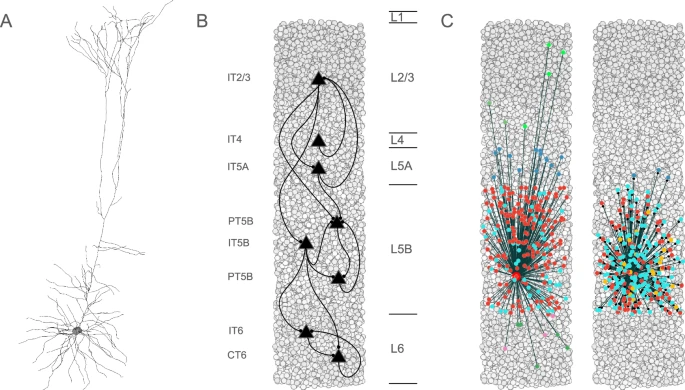The Famous “Unhappiness Hump” Has Disappeared – Youth Mental Health is Now at Its Worst

For decades, researchers observed a clear trend in human psychology: happiness followed a U-shaped curve across life. People reported relatively high well-being in youth, struggled with stress, worry, and depression through midlife, and then bounced back to greater happiness in older age. This pattern became known as the “unhappiness hump.”
A major new study, however, shows this long-standing pattern has vanished. Instead of midlife being the hardest stage, today’s young people are showing the highest levels of mental distress, while well-being actually improves with age.
What the New Research Shows
The study, led by David G. Blanchflower of Dartmouth College, alongside Alex Bryson and Xiaowei Xu, was published on August 27, 2025 in the journal PLOS One. It analyzed huge sets of survey data across multiple countries and timelines:
- In the United States, more than 10 million adults were surveyed between 1993 and 2024 through the Centers for Disease Control and Prevention (CDC).
- In the United Kingdom, researchers relied on the Household Longitudinal Study, which tracked about 40,000 households from 2009 to 2023.
- Beyond the US and UK, the study expanded its lens to nearly 2 million people across 44 countries, using data from the Global Minds project spanning 2020 through 2025.
Across all these datasets, the conclusion was the same: the traditional midlife spike in unhappiness is gone. Levels of ill-being now decline steadily with age, meaning the youngest adults report the most severe mental health struggles.

A Global Shift
This isn’t just a Western phenomenon. The global dataset confirmed the disappearance of the unhappiness hump worldwide. Today, mental ill-being is highest among people under 25 and declines as people get older. By their late 40s and beyond, individuals tend to show greater stability in mental health.
Notably, the data showed that young women are among the most affected groups, with despair and stress reported at higher levels than older adults of either gender.
Possible Explanations
Why has this dramatic reversal happened? The researchers do not claim a definitive answer, but they outline several possible contributors:
- The Great Recession of 2008, which left long-term scars on job prospects and financial stability for younger generations.
- Underfunded mental health services, leaving young people with fewer resources for coping with stress and depression.
- The COVID-19 pandemic, which disrupted education, employment, and social life, intensifying existing struggles.
- Social media and smartphone use, which researchers and commentators link to isolation, addictive behavior, body shaming, cyberbullying, and reduced real-world social engagement.
- Additional pressures such as bullying, adverse childhood experiences, and high educational expectations may also be playing a role.
Some experts point to the rise of a “quarter-life crisis” — where distress peaks in the late teens and twenties rather than in midlife. This marks a historic shift in how well-being is distributed across the lifespan.
Reactions from Experts and Media
Independent experts have described the study as scientifically robust, praising the scale of the data and the combination of graphical and regression analyses. They emphasize that the evidence leaves little doubt about the trend: young people’s mental health has worsened significantly, reshaping established psychological patterns.
Coverage in major outlets highlights the seriousness of the issue:
- The Times reported that today’s 22-year-olds appear more miserable than their parents, not because older people are happier, but because youth are in far worse mental condition.
- The Guardian noted that earlier UN-commissioned research had already flagged a collapse in youth well-being across the US, UK, Australia, and other English-speaking countries, linking it to social media, cyberbullying, and isolation.
- El País described it as a generational problem, coining the “quarter-life crisis” label.
- Science Media Centre experts emphasized social media use, poor frustration tolerance, and unrealistic expectations as additional stressors.
Why It Matters
This reversal of the unhappiness hump is more than a statistical curiosity. It reflects a serious global mental health crisis among young people. For decades, policymakers assumed middle age was the most vulnerable period for well-being. That assumption no longer holds.
Instead, younger generations now face the heaviest mental burden. The challenge ahead is not simply academic—it’s about providing better mental health care, addressing the impact of digital life, and creating supportive social and economic systems for younger people.
The study’s authors and commentators stress that there is no single solution. Some suggest encouraging more offline social and physical activities, while others point to the need for systemic investments in mental health infrastructure and education. What’s clear is that this is a multifaceted problem with implications for families, schools, workplaces, and governments worldwide.
TLDR
A major 2025 study shows the long-recognized midlife “unhappiness hump” has disappeared. Mental distress is now highest among young adults, especially under 25, and declines with age. Causes include social media, economic pressures, COVID-19, and underfunded mental health systems.
Research Paper: The declining mental health of the young and the global disappearance of the unhappiness hump shape in age – PLOS One (2025)





